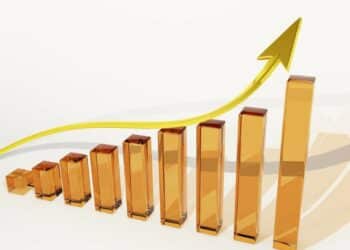Costs for Australians seeking a comfortable or modest retirement fell marginally in the December quarter 2011 compared to the previous quarter, according to industry data relased yesterday.
The Association of Superannuation Funds of Australia (ASFA) Retirement Standard figures showed a couple looking to achieve a comfortable retirement would need to spend $55,249 a year, while a modest retirement lifestyle would require spending $31,675 a year.
The combined costs for a couple living comfortably in retirement were down by 0.1 per cent in the December quarter from the September quarter, ASFA said.
“The updated figures reverse the trend of the previous few quarters where the amount needed by retirees to fund their post-work lifestyle continued to increase,” it said.
“The movement in costs over the quarter for retirees was similar to the ‘no change’ recorded in the all groups consumer price index. Both were basically unchanged between the two quarters.”
Yet in some quarters, the price increases recorded differ as retiree households on average have different spending patterns to the rest of the population.
“Along with generally owning their own home outright (so cost increases for housing are less important for retirees), on average they spend a negligible amount on education services,” ASFA said.
“In contrast, food, health, transportation and recreation spending form a large part of retiree budgets.”
Between the September quarter and the December quarter, retirees experienced a 1.5 per cent decrease in the cost of food, but over the year to the December quarter, there was an increase of 2.5 per cent, it said.
It found a 13.4 per cent fall in the price of fruit in the December quarter and a 5 per cent fall in the price of vegetables were key factors.
The decrease in the price of fruit and vegetables was due to seasonal factors, favourable growing conditions and, in some cases, the adverse impact of Cyclone Yasi.
Electricity costs rose on average by 0.6 per cent, reflecting substantial price increases in a few, smaller states following relatively large increases in other states the quarter before.
Transport costs were unchanged between the quarters with a decrease in the cost of motor vehicles offsetting a rise in the price of petrol.
A 1.2 per cent drop in the price of health services reflected a fall in pharmaceutical prices, with more individuals benefiting from the Pharmaceutical Benefits Scheme safety net.
However, over the year the cost of health services rose by 3.6 per cent.







